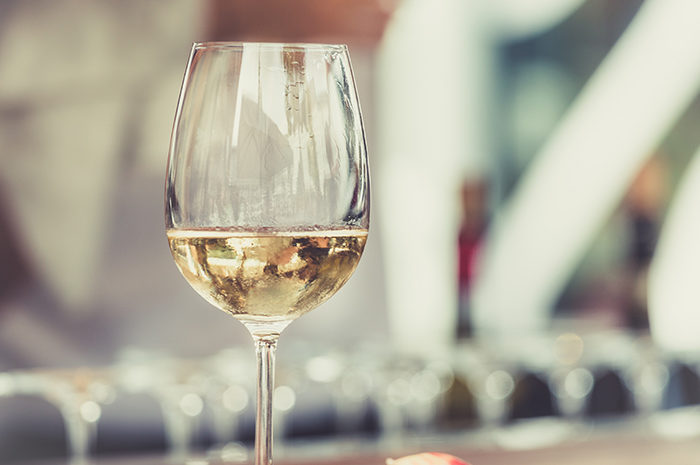How many times you pretended to a be a sommelier joking with your friends about flavors you were not actually able to feel? “This wine tastes like…”, “The color reminds me of…” We have to admit though, that when these characteristics are spilled out by an expert, they really sound like a romantic poem.
Enology, viticulture and wine tasting are jobs becoming more and more appreciated in Italy and worldwide. The interest in these skills has been growing fast in the last years aiming to find the right balance enclosed in a glass of wine.
Here you can find some tips you can use to better taste and appreciate your favorite wine.
Four are the analysis you should always try to follow while tasting wine: visual, olfactory, gustatory and somatic.
SIGHT
 First of all you need to observe the wine. The color indicates how old the wine is and mainly depends on the skin of the grape and its maceration process during fermentation. The other thing we can spot are “the tears” that remains on the glass after swirling the wine: the more dense and close to each other, the more alcoholic the wine is. Try to pay attention to this simple trick next time.
First of all you need to observe the wine. The color indicates how old the wine is and mainly depends on the skin of the grape and its maceration process during fermentation. The other thing we can spot are “the tears” that remains on the glass after swirling the wine: the more dense and close to each other, the more alcoholic the wine is. Try to pay attention to this simple trick next time.
SMELL
Moving to the second sense, you need to know that the olfactive mucosa is capable to recognize about 10.000 different flavors and each of them is connected to an emotion or a memory. This analysis takes place in 3 different moments. When the glass is full and still, you might be able to smell the alcohol and scents of fruit or flowers. These are the most volatile substancies and usually disappear when they come into contact with oxygen. When you swirl the wine, this movement increases the contact with oxygen and wine starts to break down releasing the most aromatic elements. Finally when the glass is empty (the best part J), as the alcohol is now evaporated it will be easier to distinguish all the different scents.
TASTE
The third analysis is done through the taste. Did you now that taste is the sense that actually produces less sensations? There are only 5 type of taste: sweet, sour, salty, bitter or umami (not present in wine). This makes it clear as the value of a wine is given by the right balance between all the different components and sensations we perceive while tasting it.
TOUCH
Finally the touch. This sense gives us information about the body of the wine while this is in our mouth. For example a pleasing and gratifying wine is often defined “silky” as it reminds us the feeling we have when we touch silk or velvet.
Now you go and surprise your friends! Let us know if you found this article useful! Cheers 🙂

